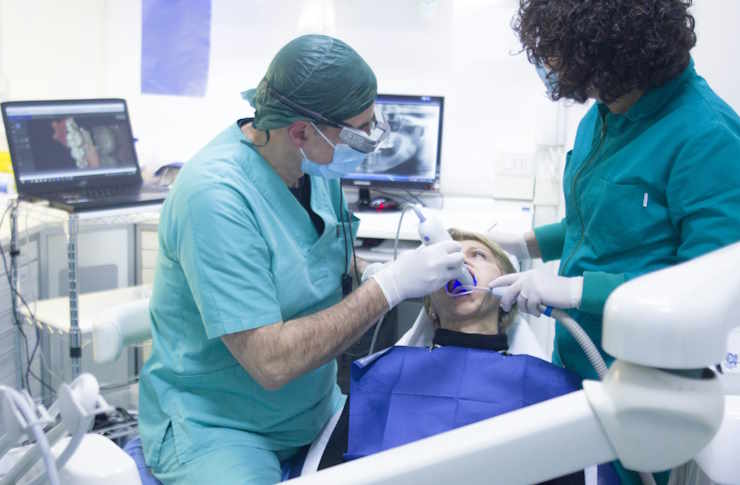Advancing Industrial Efficiency through Total Productive Maintenance
Introduction: In an ever-evolving business landscape, industries are consistently seeking ways to enhance their operational efficiency. One such strategy that has proven beneficial is Total Productive Maintenance (TPM). This approach combines maintenance and production to optimize equipment effectiveness and improve productivity.
A Journey through Total Productive Maintenance
Total Productive Maintenance originated in Japan in the 1960s as a response to the growing demand for improved machine reliability and efficiency in the manufacturing sector. It aimed to create a culture where all employees got involved in maintaining equipment, reducing machine downtime, and improving productivity. Over the years, TPM has evolved and has been adopted worldwide as a holistic approach to equipment management.
Unpacking Current Trends in TPM
Today’s business environment, characterized by fierce competition and ever-evolving customer demands, calls for innovative strategies. TPM now extends beyond its traditional boundaries of equipment maintenance. It includes aspects such as lean manufacturing principles, predictive maintenance technologies, and employee empowerment initiatives. These trends reflect a broader industry shift towards a comprehensive, proactive approach to productivity enhancement.
Impact and Benefits of TPM
Implementing TPM can lead to significant benefits. It can help reduce equipment downtime, improve production efficiency, and increase overall equipment effectiveness. By involving all employees in maintenance activities, TPM fosters a culture of continuous improvement and accountability. However, implementing TPM is not without its challenges. It requires a change in organizational culture, employee training, and a commitment to long-term continuous improvement.
The Role of Research in TPM Implementation
Research plays a crucial role in TPM implementation. Studies have shown that organizations implementing TPM enjoy improved productivity, reduced costs, and enhanced customer satisfaction. However, successful implementation requires understanding the unique organizational context, including the existing culture, process, and equipment status.
Business Tips for Successful TPM Implementation
-
Invest in Employee Training: For TPM to be successful, employees at all levels must understand its principles and how they can contribute to its success. Regular training sessions can help achieve this.
-
Promote a Culture of Continuous Improvement: TPM is not a one-time activity but a continuous process. Promoting a culture of continuous improvement can help sustain TPM efforts.
-
Leverage Predictive Maintenance Technologies: Predictive maintenance technologies can help detect equipment issues early, minimizing downtime and improving productivity.
In conclusion, Total Productive Maintenance offers an effective strategy for industries seeking to enhance their operational efficiency. By fostering a culture of continuous improvement and accountability, TPM can lead to significant productivity gains. However, its successful implementation requires a comprehensive understanding of the organization’s unique context and a commitment to long-term improvement.





